I went to Maliandao today, and saw my friend L who came up from Shanghai. I think he had some business to deal with.
He did bring something good, supposedly, anyway. It’s a sample of a Yellow Label from, ostensibly, the 70s. We tried it… nice, but in almost the exact same way that my loose GYG pieces are nice. They taste virtually identical. I’m sure the person who got the Yellow Label cake paid many multiples of what I paid for my pieces. It was a happy thing to know.
I also tried a number of other things, both at L’s store and elsewhere. They include an 03 Yiwu that’s been in Yiwu storage, which is reputably pretty wet and which shows when I tried the tea — there’s a sort of mustiness to it. I also had an 07 “rainfall” (aka summer) Yiwu maocha. Very bland, relatively speaking. Pleasant enough to drink, but not good enough for anything else. There’s a reason summer teas are used for cooked puerh. In fact, I think it’s a waste to bother to pick them – the taste is boring and flat, despite long infusions and generous amounts of leaves. It was definitely interesting to try though. I also had a mass production cake from Zhongcha this year. Smells nice, decent aromas, but a little too aromatic and too little bitterness for me to feel like I’m drinking young puerh.
Then I went on to the store that sells Douji puerh. I tried two things there. One was their 06 Fall “Yu Pin”, which literally means “jade product”, but is from the fringes of the Bulang area. Another cake is a self-produced cake by the owner of the store, who went to Yunnan this spring to press the tea himself (500 cakes of it) and who doesn’t really sell it except as gift packs. The cake is a Guafeng Zhai spring first flush. He pairs it with a real Lao Banzhang, and the set sells for a staggering $330 USD. Not cheap by any stretch of imagination, but then, he had high costs as well as real financial backing (I think tea is entirely a side business for him — he runs some other company). The teas were collected at above-market rates, and he only used first flush tea. The Guafeng Zhai tea is nice, but somehow, I don’t think it’s spectacularly nice to demand such high sums. I mean, it’s got good qi, but only so so huigan and not a lot of throatiness. I’ve read that sometimes for puerh it is better not to use first flush, which is sometimes too tender. Perhaps that explains the relatively subdued nature of the tea. The qi lasted a good bit, and the tea made my stomach hurt, but really… a lot of teas can do that for far less money. He also used an extremely generous amount of tea, which makes me think it has something to do with the strength involved.
One interesting tidbit the owner of this store told me today though is that he’s tried a number of 07 teas so far, and he thinks they are all weaker compared to the 06 version. There’s been talk that because of low rainfall, the tea this spring should be better, but he thinks that when rainfall gets too low… the tea suffers in quality. He might have a point. I haven’t really seen an 07 cake thus far that has made me feel like it’s worth buying. Prices for cakes this year are also much higher than those of years past, simply because the raw materials have gotten so much more expensive. When a lot of 03-05 cakes can be had for less money, why buy 07? It makes almost no sense to do so.
He also told me that many factories are pulling in tea leaves from other provinces to cut cost as well as to keep production going. After all, the total capacity for producing puerh in Yunnan right now has far outstripped the supply of raw maocha in Yunnan, especially given the low production yields this spring (one reason why maocha prices are up, supposedly, and also why a lot of factories haven’t produced much 07 teas yet). Like the story I posted about a week ago of Li Jing, who started a factory but has received few orders, most factories need to make tea to stay alive. Overcapacity, however, is a real problem, and I think many such small factories will be heading for a fall. What that might mean for the owners of such factories… who knows.
Right now there’s a lot of uncertainty in the market. If you’re a bull, you will cite the fact that puerh is still 1) very cheap, relatively speaking. 2) It’s only popular in the coastal cities. 3) Brands are still forming. 4) The tea’s inherent advantages, like rebrewability, ageability, etc. If you’re a bear, then you’ll cite 1) overproduction/capacity. 2) High, bubble like prices. 3) Unpalability when young. 4) Extremely volatile market.
How it goes only time will tell, but I think we’re seeing now a healthy segmentation/fragmentation of the market going on, with real consequences for us regular buyers. On the one hand, you have the big factories producing regular stuff that are, more or less, known items. Menghai and the like are prime examples of that. On the other hand, you have these small, boutique shops that make high priced teas catering to the wealthy and (perhaps) knowledgable. These are the ones with very well defined terroir, limited quantities, and high prices to go with it. These are also shops that can’t possibly do this on a grand scale for simple reason of economy and supply.
One huge problem though is that nobody, as far as I know, has good access to a steady source of such tea production areas. Everybody who is in the business rely very much on contacts in Yunnan, trying to score good maocha from the farmers. The way land ownership and production works in such areas is that nobody can buy out a whole mountain — the most I’ve heard of is somebody securing the promise of local farmers to only sell to him. Even that is difficult to enforce/police, and creates problems for a sustained level of quality, especially in a difficult to manage agricultural product like puerh tea.
Another factor that is complicating the issue is the appearance of drink-me-now puerhs. The oolong-ized or the green-tea-ized puerhs taste great now, but nobody really knows how well they age in the long run, and very few (myself included) can really tell them apart with good certainty. Whether such teas are worth the money depends on your tastes — do you want to buy it for aging, or buy it for drink it now?
I know I buy puerh hoping they’ll age into something great for the future. I’m more of a fan of aged teas than young teas, even though my current drinking habits would seem to indicate that I like them young. Rather, I’ve been trying them as much as I can while I have good access to it, and I expect myself going back to more oolongs in the near future when I won’t see as much young puerh. It creates a lot more work for me, and I noticed I’ve gravitated to small production, higher priced, but more individualistic puerh. Soon, however, I’m afraid I’ll be priced out of that market, if current conditions continue, and I think I will, because, as I’ve said before, I think old tree teas, the real ones anyway, won’t drop significantly in prices. Can’t say the same for the mass produced stuff.
Maybe I need to nurse my collection and hope they will all age to greatness, because I might not be affording some of them anymore a few years down the line. Let’s hope I’m wrong on this one!

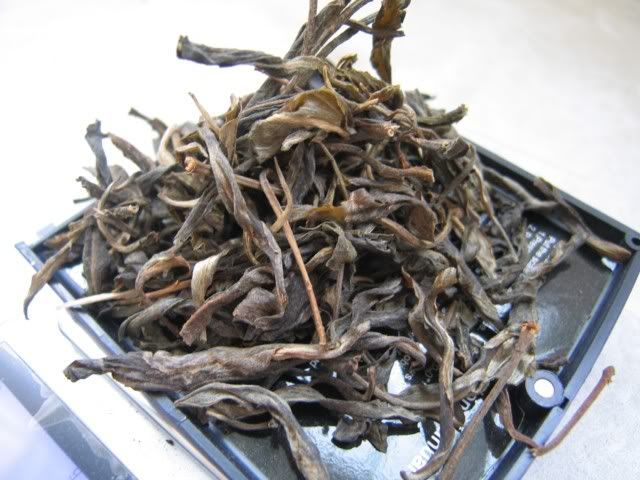
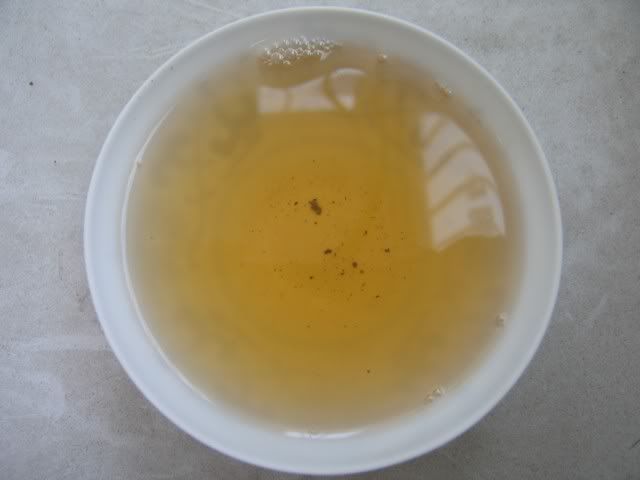
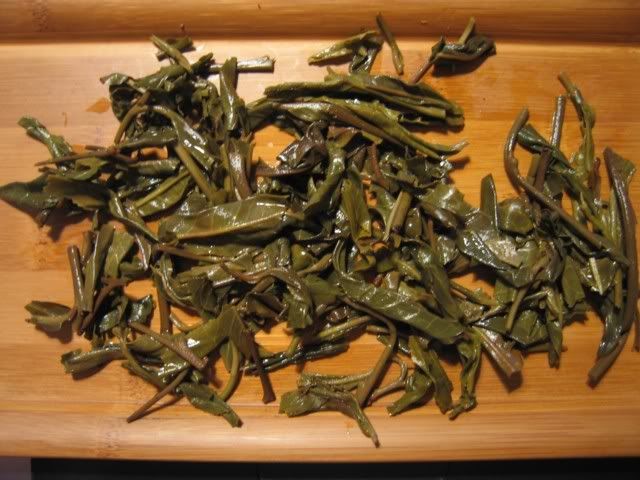
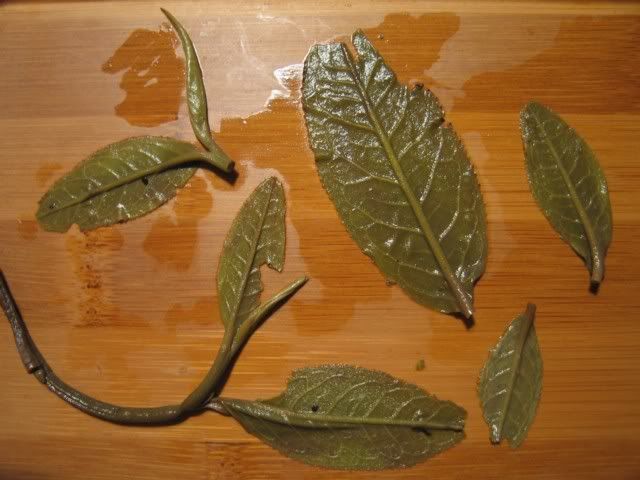
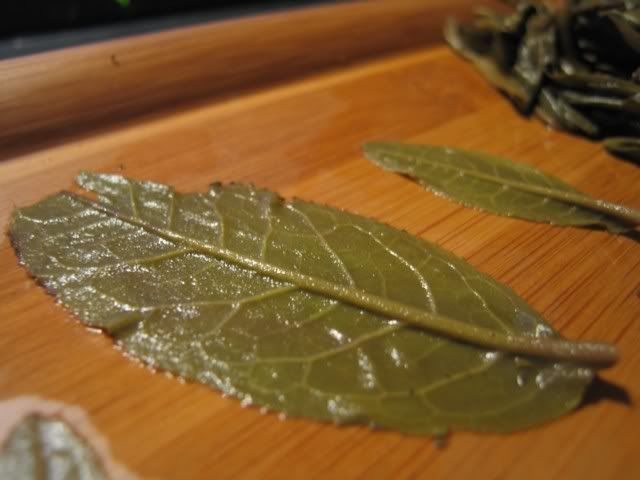
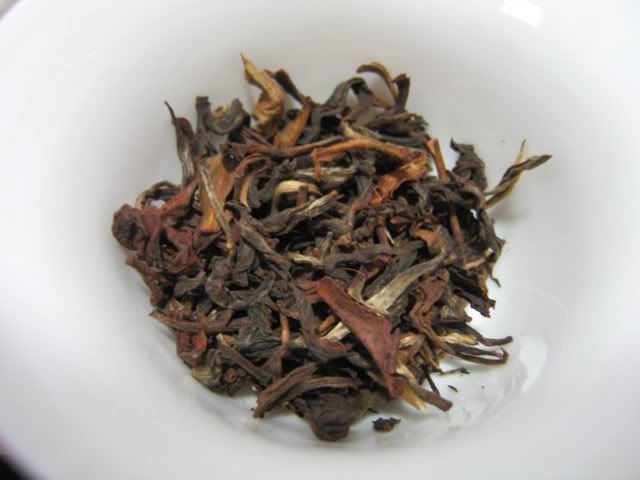
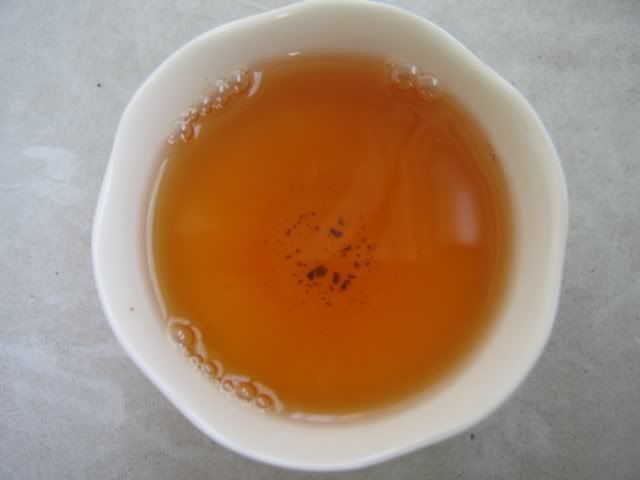
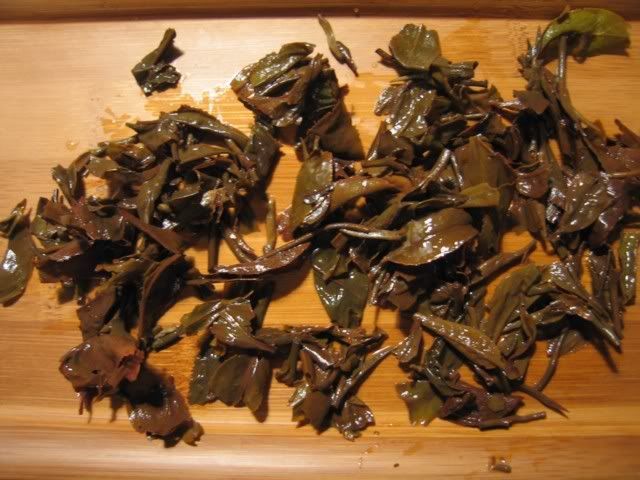
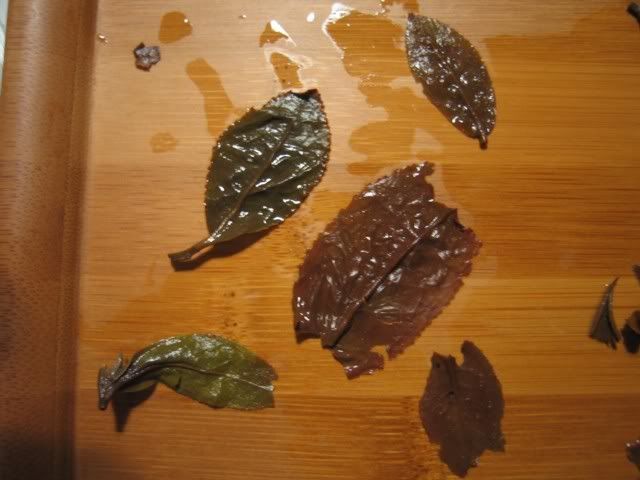
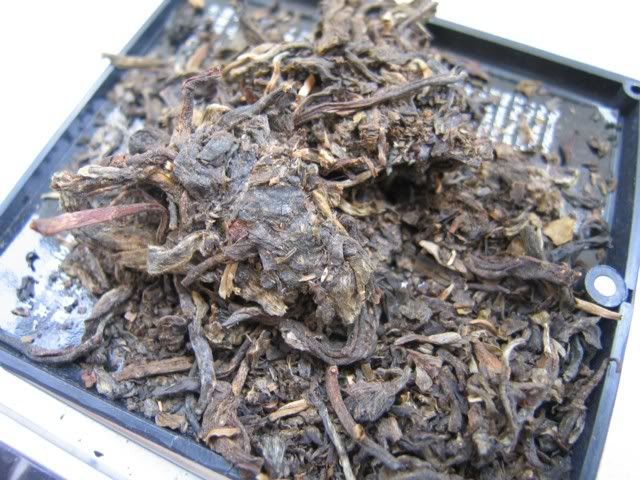
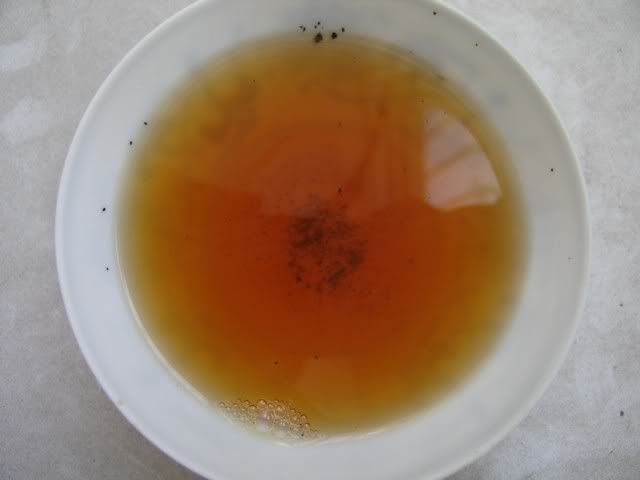
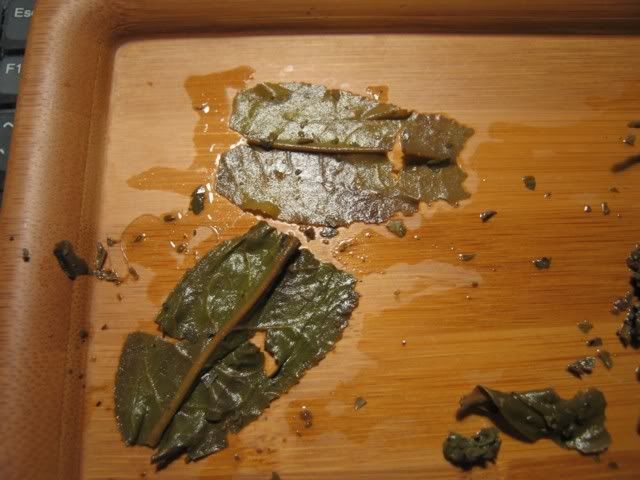
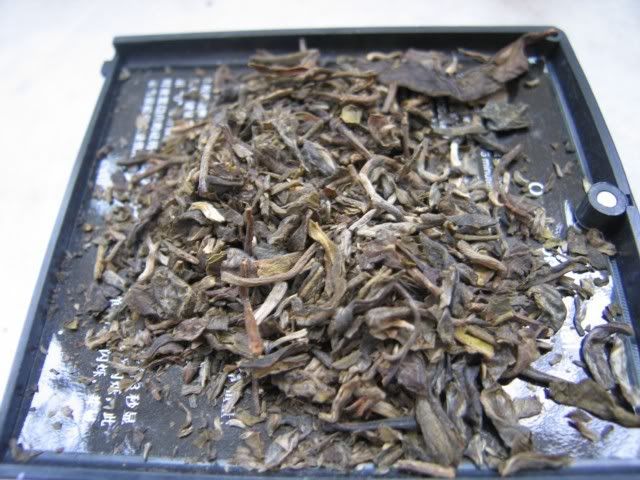

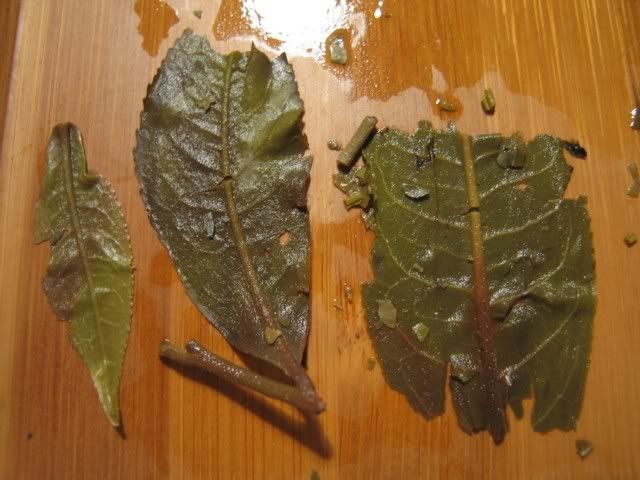
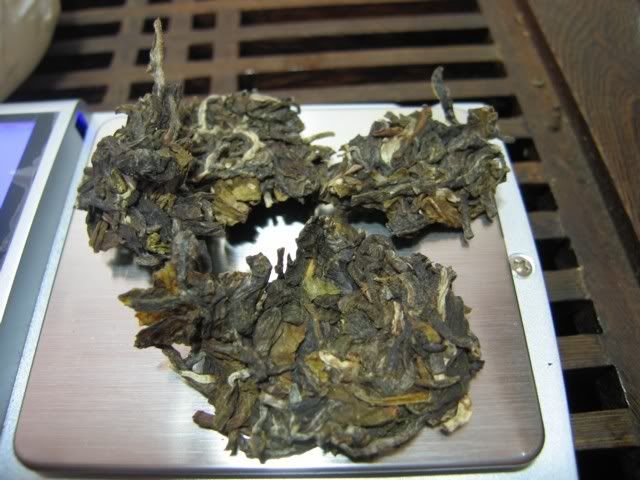



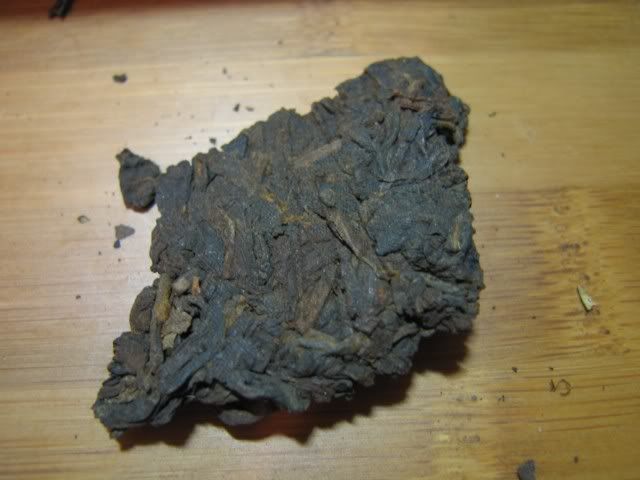
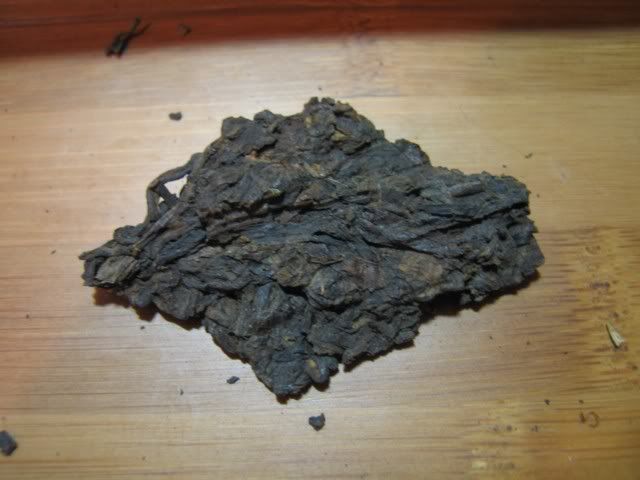
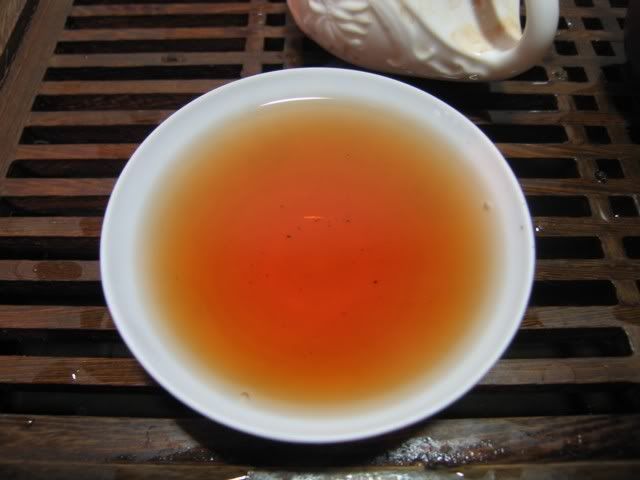
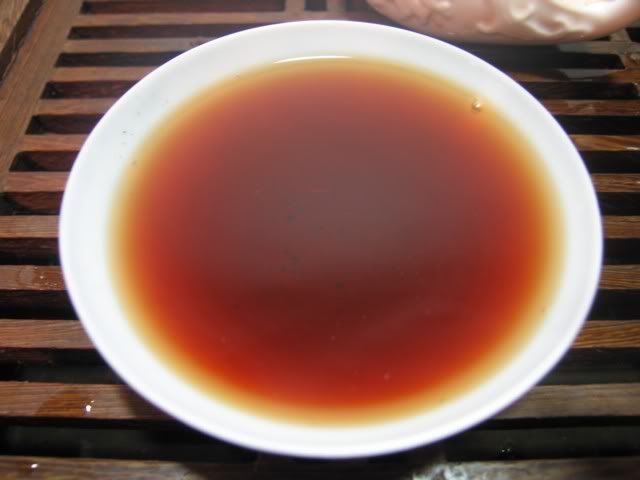
 RSS - Posts
RSS - Posts
I took you at your suggestion and have been reading some of your old post-Covid posts. I haven’t been to…